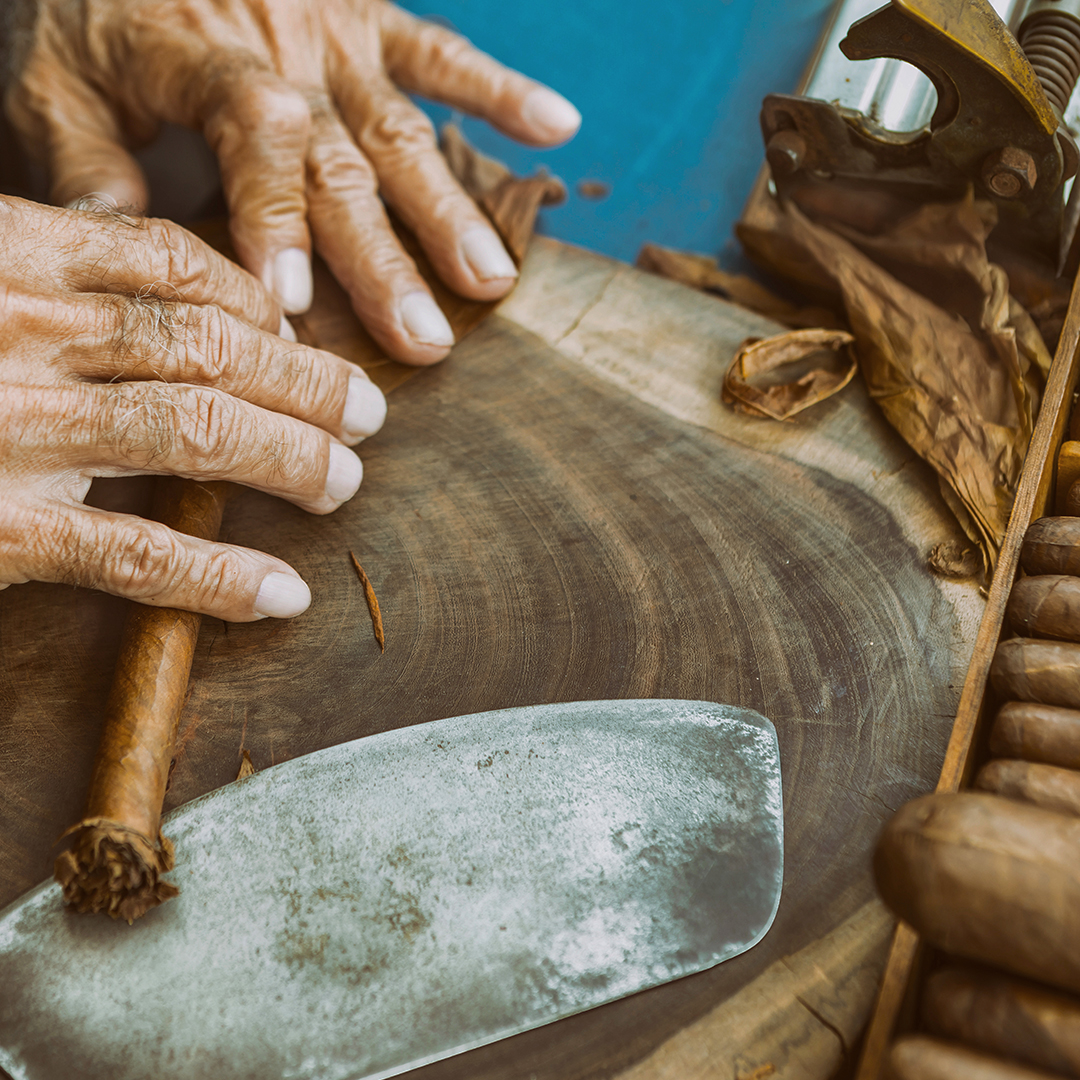
The history of cigars carries a story that dates back centuries. When Christopher Columbus discovered the New World in 1492, he observed the indigenous people of the Caribbean consuming tobacco by wrapping it in leaves. This marked a significant beginning in the history of cigars. Over time, tobacco was brought to Europe, and this unique form of consumption became especially popular among the aristocracy and the upper class.
Cigars are not just a tobacco product but also a representation of craftsmanship and cultural heritage. Traditional cigar-making involves the careful selection of tobacco leaves and hand-rolling them with precision. Every step in this process, from curing the leaves to fermentation, is done to ensure the highest quality. The attention to detail and the skill involved make cigar production an art form in its own right. Today, cigars are recognized worldwide as a symbol of elegance and prestige.
The cultural significance of cigars extends beyond their production. From the 18th-century European salons to modern-day cigar lounges, cigars have brought people together for conversations and celebrations. They have been associated with significant historical figures, from Winston Churchill to Mark Twain, further solidifying their place in history.